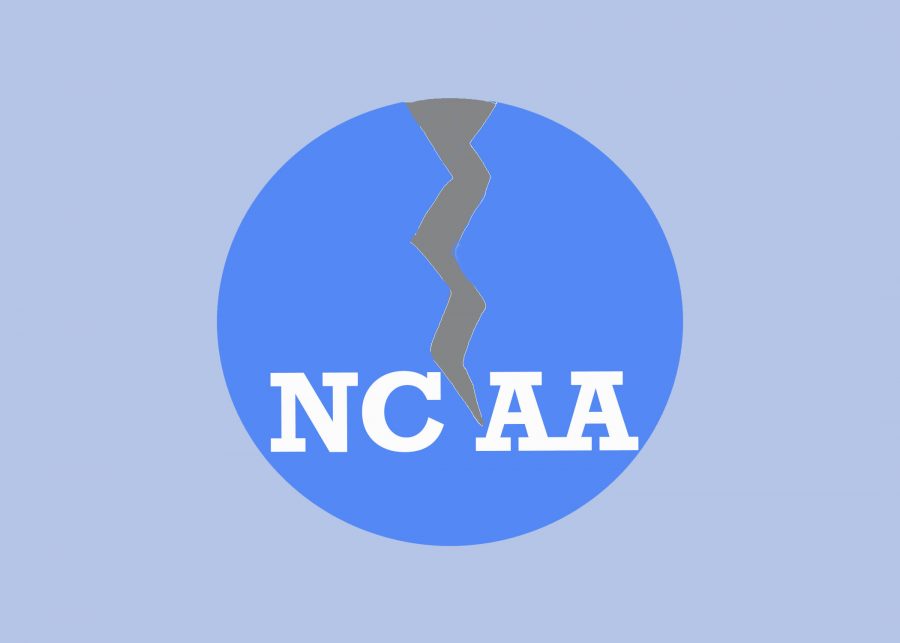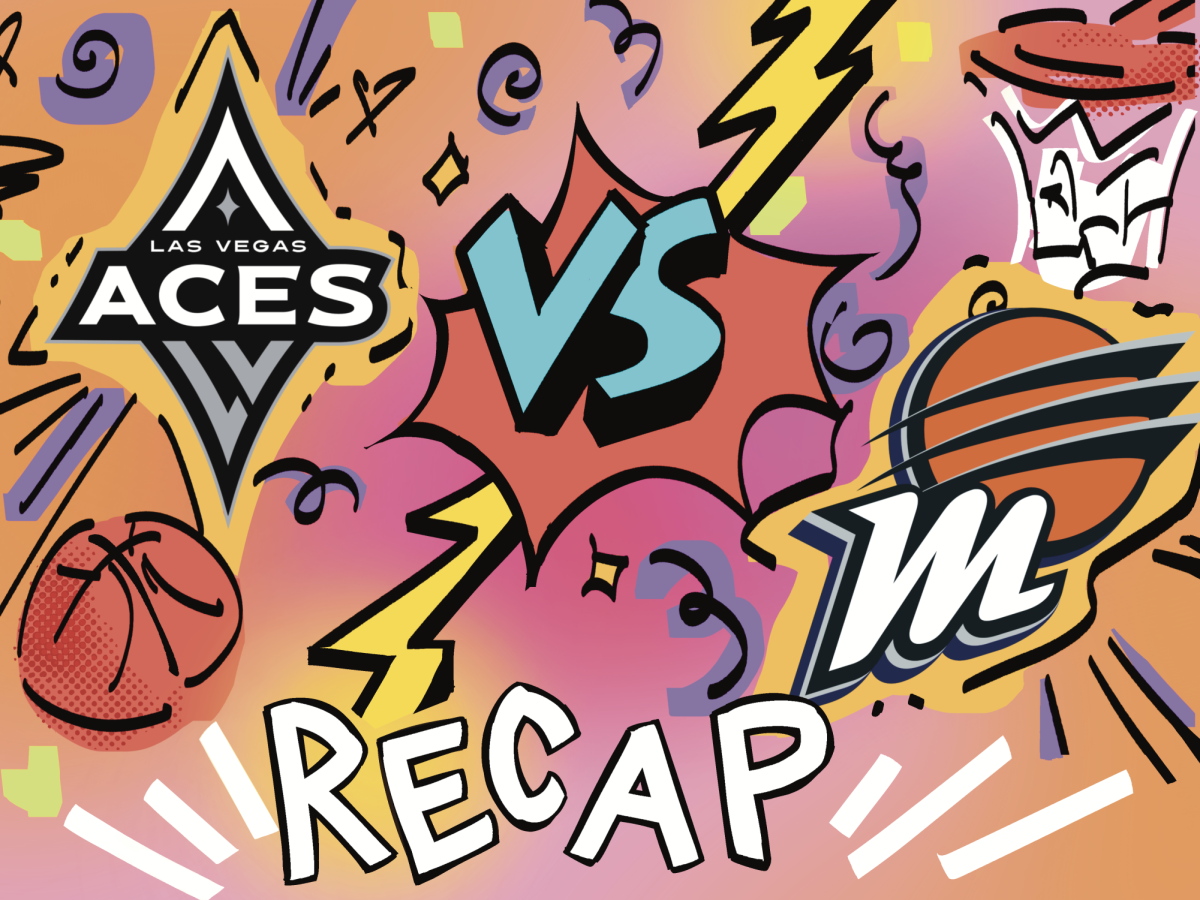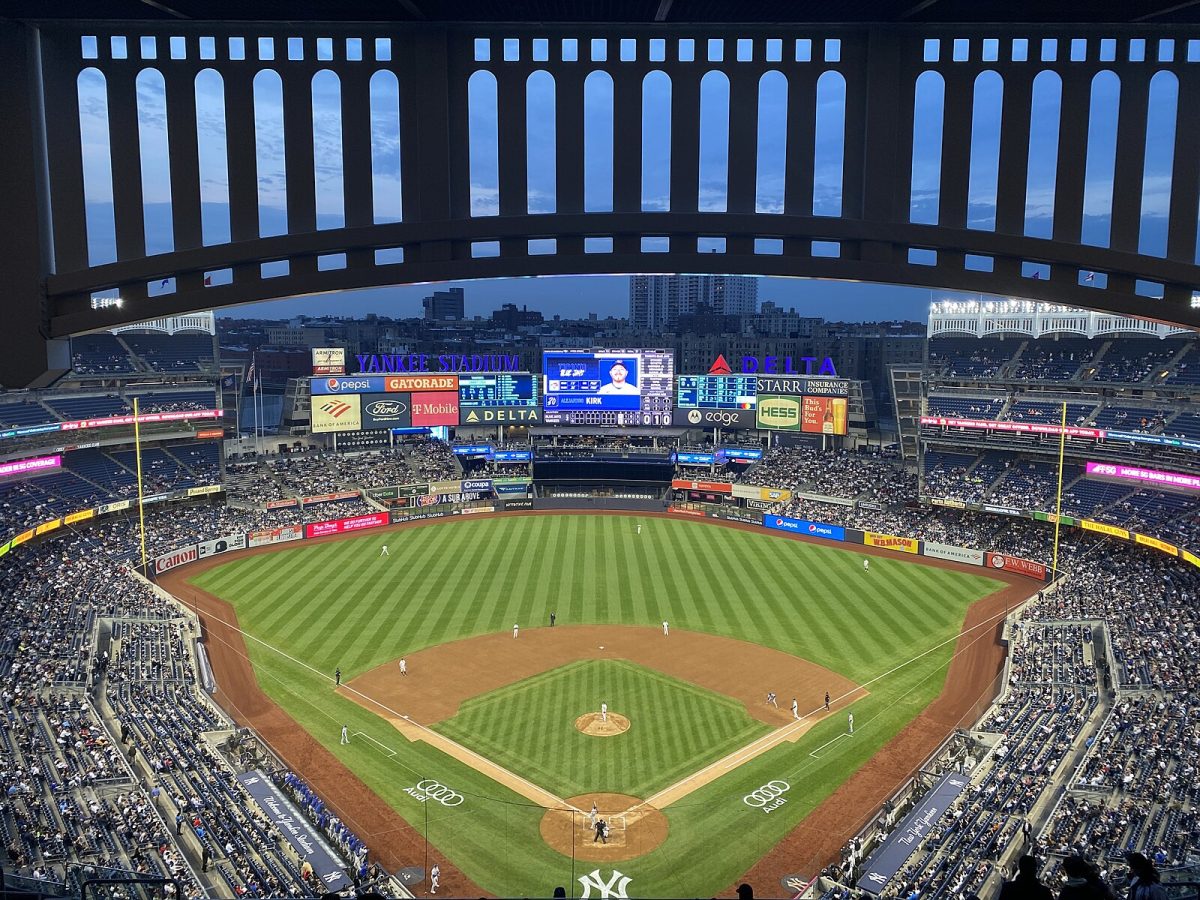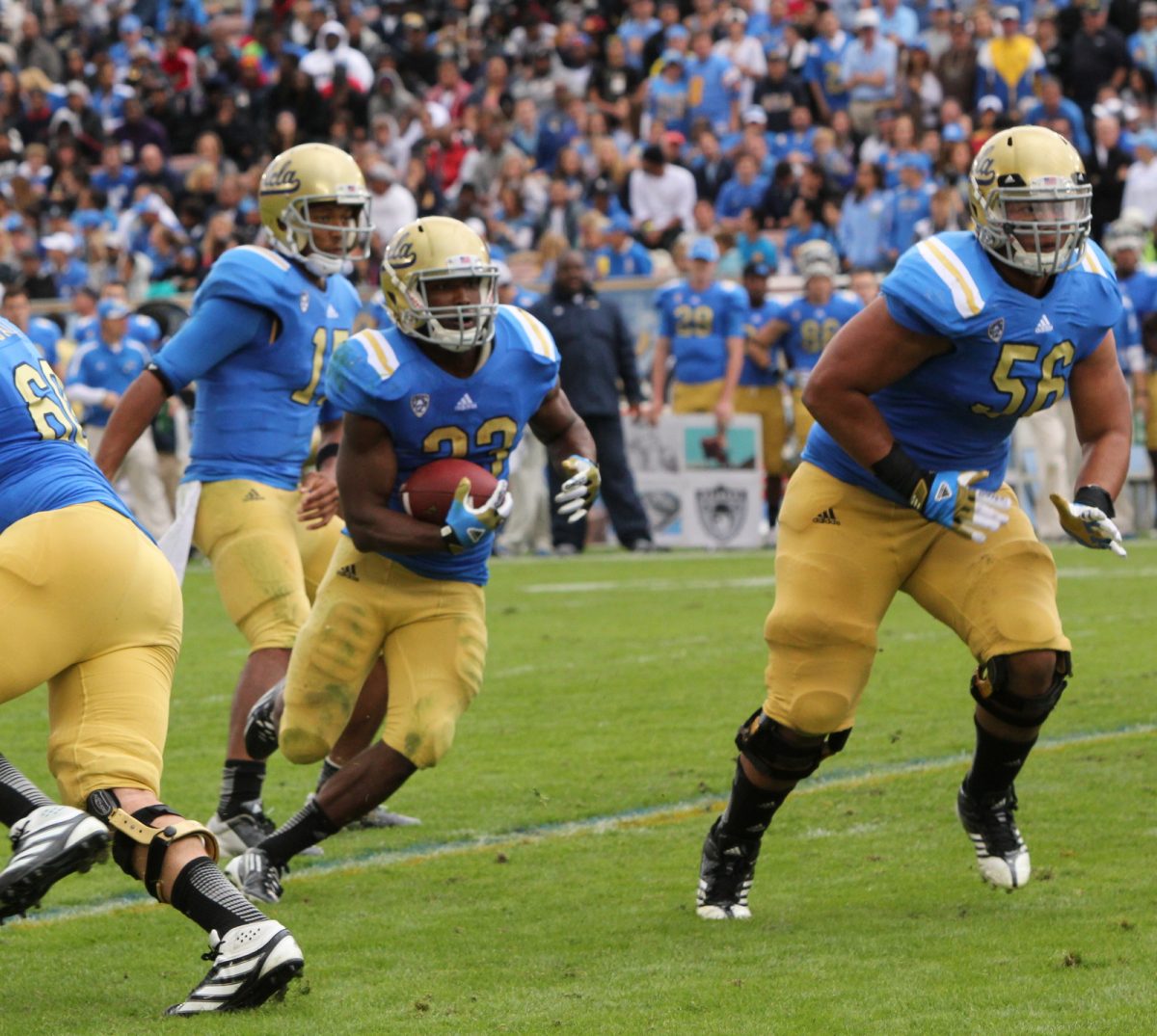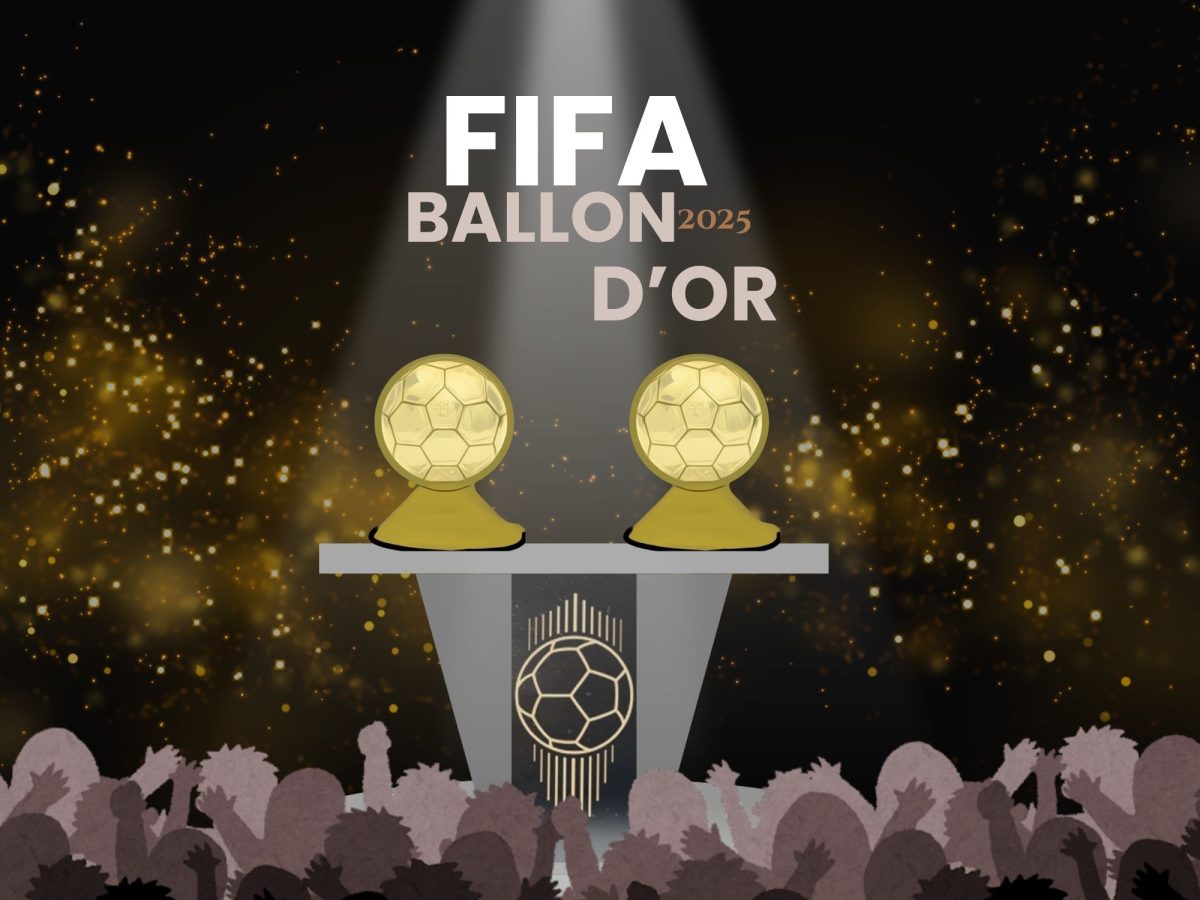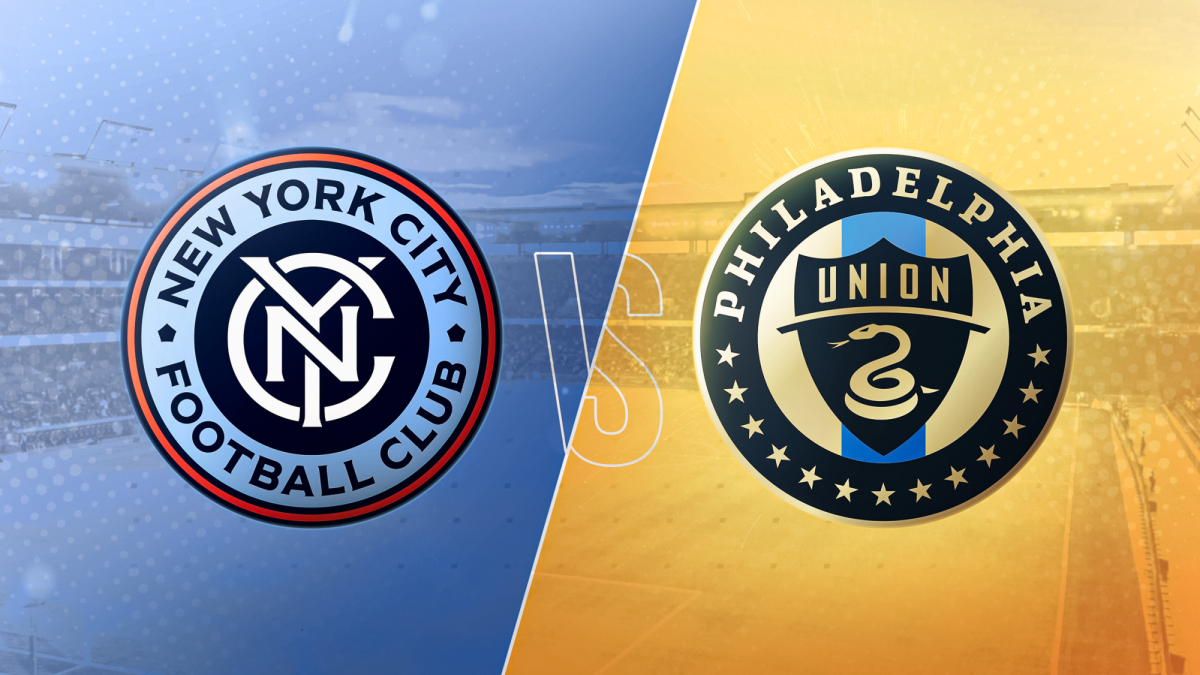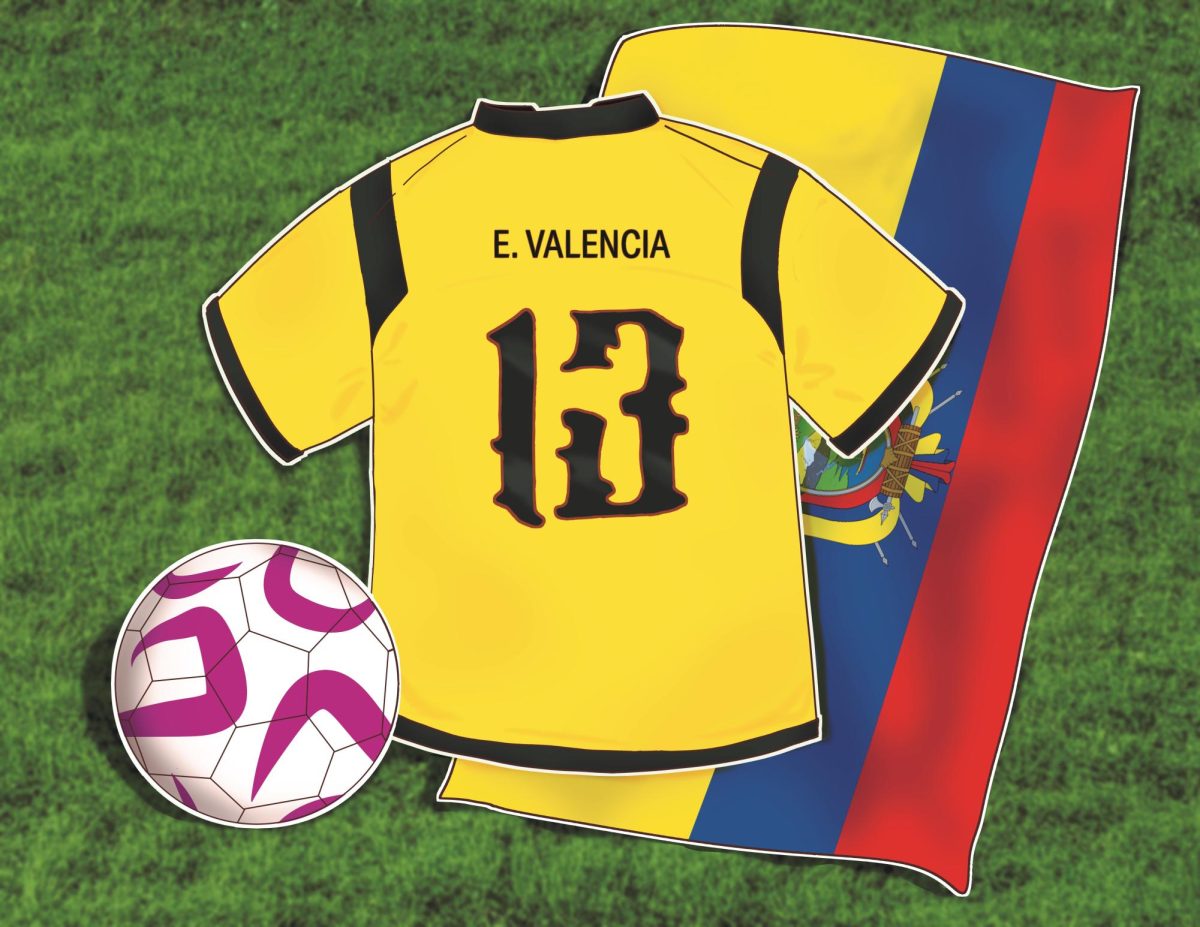Collegiate athletics always occupied a unique spot in the social consciousness of the United States. The lack of professional franchises in 24 states provides the perfect opportunity for college sports to be the predominant target of fandom. However, the very idea of pushing young adults who are not technically able to consume alcohol into the spotlight of a community, let alone a national spotlight, to be praised and criticized with reckless abandon is off-putting to say the least.
For over a century, colleges and universities have gathered the best talent they could to represent their schools, whether it be on the hardwood, the diamond or the gridiron. College athletics have produced some of the most influential athletes, memorable teams, heated rivalries and indelible images in the history of American sport. They have brought communities together with cheers or tears in their eyes.
To tell the story of sport in the United States, one must include collegiate athletics. However, the sad truth is that over 100 hundred years later, the current model of the collegiate sport is broken.
The problem starts with the National Collegiate Athletic Association who operates with revenue extending into the billions. From those billions of dollars, the athletes who generate most of the returns do not receive any profit. Colleges and universities offer athletic scholarships but keep such a tight purse on other expenses specific to the welfare of the student-athlete.
In 2014, Shabazz Napier, a star on the men’s basketball team for the University of Connecticut, caught the attention of the public when he expressed his desire to eat. “I just feel like a student-athlete, and sometimes, like I said, there’s hungry nights and I’m not able to eat and I still got to play up to my capabilities,” said Napier.
What Napier experienced is what many athletes have gone through. Athletes with enough raw talent to compete at the highest level of collegiate athletics are plucked from their high schools with the promise of fame, financial security and a dream of professional stardom. However, once they arrive on campus, their lives become regimented routines of workouts and practice with no financial compensation.
Napier’s path to a NCAA Championship meant he had to feel starved while his play lined the pocketbooks of television networks, the coffers of his college and administration. In other cases, athletes are not compensated while their coaches are paid substantially more than elected officials. In the United States, 80% of colleges have college football or basketball coaches as their highest-paid employee.
In South Carolina, the head coach of Clemson University’s football team, William “Dabo” Swinney, is paid an annual salary of $9.3 million. That salary is more than 87 times the amount paid to Governor Henry McMaster.
The NCAA relies on the work of its athletes to generate revenue, yet it treats its athletes in a way akin to indentured servitude, essentially working off a scholarship. The root cause of these current circumstances can be traced back to how the NCAA treats its athletes.
“[To the NCAA] they are valued as long as they are controlled,” said Amy A. Hinkler, an attorney who specializes in intellectual property cases. The NCAA has had an evasive relationship with athletes’ desire to profit from their name, image and likeness. This is because of the NCAA’s staunch support of the idea of amateurism. Amateurism, in the context of sports, is the practice of participating in the play of a sport on an unpaid basis. Therefore, athletes who participate in the NCAA must be amateurs and are stripped of this status if they receive any form of compensation in association with their exploits playing for their college.
According to the NCAA bylaws, an athlete forfeits their amateur status if he or she “accepts a promise of pay even if such pay is to be received following completion of intercollegiate athletics participation.” While the NCAA believes that keeping their athletes as amateurs preserves the sanctity of college sports, the implicit function of amateurism is to deny athletes’ rights. One of these rights is the right of publicity.
The right to publicity gives a person control over their name, image and likeness, and NIL rights. It also protects from potential misappropriation. The right of publicity is officially recognized in half of the states in the union, but it is important for any public-facing figure.
NCAA athletes, by recognizing themselves as amateurs, forfeit their NIL rights, which allows the NCAA to use them to make profit. One example of this is through video games, such as the “NCAA Football” and “NCAA Basketball” series. In fact, these video games were the catalyst for the 2014 antitrust lawsuit O’Bannon v. NCAA.
To give some background, Ed O’Bannon was a former basketball player for the University of California at Los Angeles, or UCLA, who saw a character in the video game “NCAA Basketball 09” that bore an eerie resemblance to himself. However, he was not notified that the game would use his likeness, so he was never paid. O’Bannon sued on the grounds of a violation of his right of publicity. This lawsuit brought the topic of collegiate athlete compensation to the forefront of conversation and acted as a catalyst for some states including Florida, California and New York to introduce legislation that would allow for college athletes to be compensated for their name, image and likeness.
Sensing the writing on the wall, the NCAA announced plans to allow its athletes to be compensated. However, the NCAA is still maintaining strict control over how the athletes can be paid. The schools will still have control over its logos and trademarks, have final say in the types of businesses, the type of activities the athletes can conduct as well as a regulation of agents. In this instance, the NCAA reform is only a small mercy, as they would still maintain control over major affairs of the college athletes.
“The much more disturbing part of what NCAA members are calling reform is that they are still attempting to exclude athletes from licensing products in many of the important markets, including sneaker markets, where colleges have their own endorsement deals,” said Marc Edelman, a professor at Baruch College who specializes in sports and antitrust law.
The NCAA believes that their reform is preferable to the state government’s reform as the state would refer to the athletes as employees of the college. It would be extremely damaging to the current business model of the NCAA for athletes to be called “employees,” so the NCAA will try desperately to hold on to amateurism to keep their control over athletes.
Another way they keep control over athletes is through violations of the Sherman Act. Unfortunately, in order to understand how morally bankrupt the NCAA is in treating its athletes, one must look at how they continue to make a mockery of the Sherman Antitrust Act. Section One of the act states, “every contract, combination in the form of trust or otherwise, or conspiracy, in restraint of trade or commerce among the several States, or with foreign nations, is declared to be illegal.”
The NCAA has a monopoly on the market of collegiate athletics by not allowing its members to pay its athletes and threatening to kick a member out of the association if they do is a behavior that is illegal under the Sherman Act. In addition, the NCAA does not allow its players to exercise any form of autonomy, effectively stripping them off their legal standing.
In 2014, a group of athletes tried to do something about it. Northwestern University was the site of the last significant attempt by college athletes to unionize. Led by former quarterback Kain Colter, football players at the university were temporarily granted employee status by a regional director of the National Labor Relations Board, or the NLRB, due to the time commitment of 50-60 hours per week required of football players.
However, the NLRB refused jurisdiction in the Northwestern case for multiple reasons. Technically, the NLRB only has the power to determine unionization of private universities. While Northwestern is private, the other members of the Big Ten Conference, such as the University of Michigan and the Ohio State University, are public, so they fall under the purview of their respective state governments. Other reasons included the impact unionization could have on competitive balance and on NCAA regulations.
Either way, the need for unionization is dire for college athletes. The COVID-19 pandemic introduced the vast inequity that athletes have in terms of rights. Universities across the country persisted with college athletics, even though the rest of the student body had been sent home due to COVID-19 cases. College athletes are money-making tools to the colleges and universities, and any concern for player health and safety is mere virtue-signaling when faced with the almighty dollar.
“It is imperative on the Joe Biden administration to appoint people to the National Labor Relations Board that are willing to treat college athletes on par with other employees and not back down from what is legally and morally right to appease certain public and private universities,” said Professor Edelman.
It is a shame that in order to examine and analyze college sports and the NCAA, a fan must have at least a rudimentary knowledge of antitrust law and intellectual property rights. These rights should be an intrinsic part of the collegiate athletic experience.
“There is a certain level of clout that comes from playing for a college, but if the college experience is based on football, and athletes are not paid, what is the value of it,” said Hinkler.
At the end of the day, there would be questions pertaining to how athletes would theoretically be paid and how the development of the G-League and the growing attraction of overseas teams would impact the product of the NCAA. The most effective way to change the NCAA and make it and the world of collegiate athletics better is to grant college these athletes the right to publicity. Allow them to unionize and fight for better conditions and legal representation. Colleges and universities make millions of dollars from athletics, the least they can do is give some back to the breadwinners.


